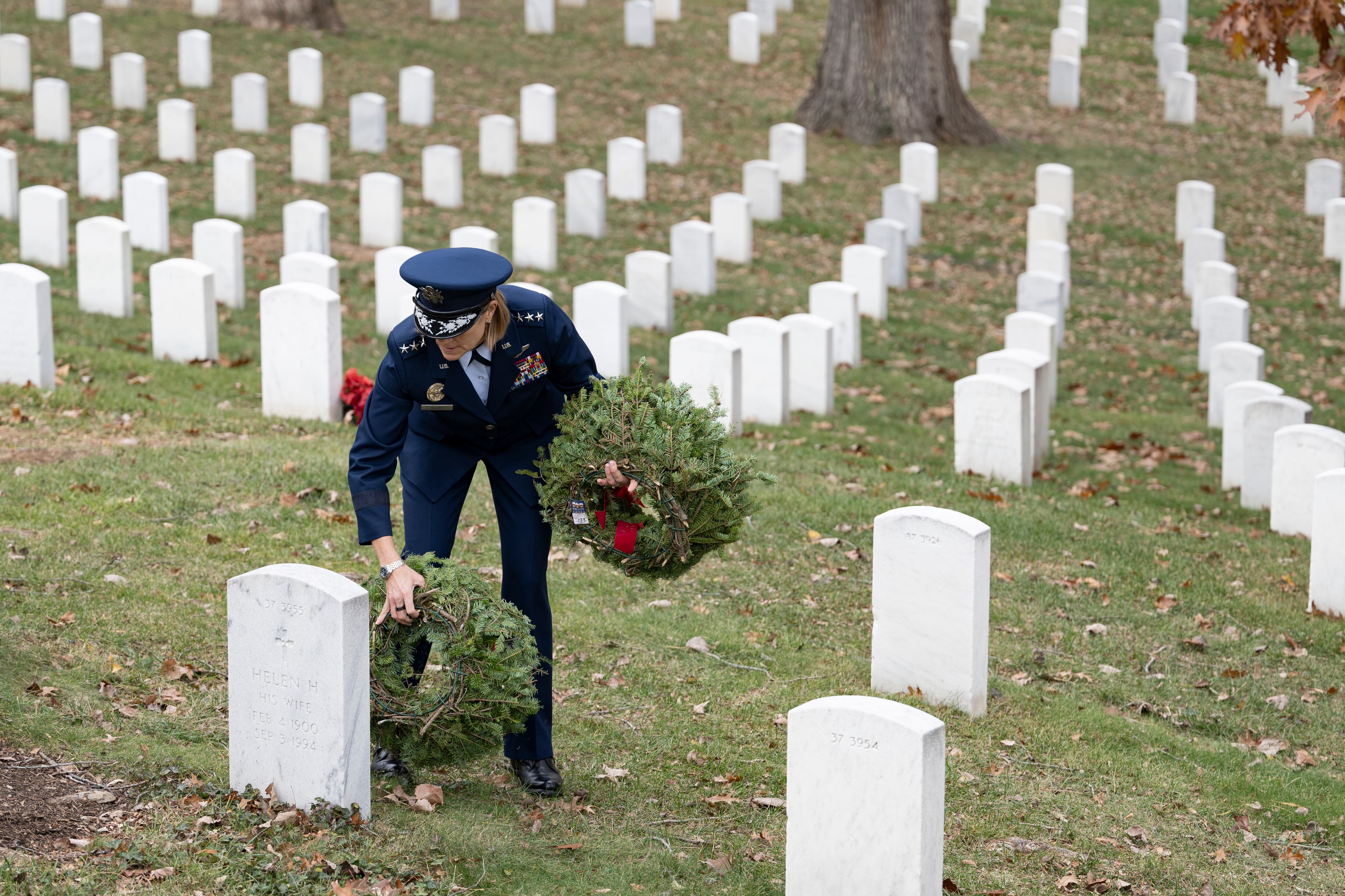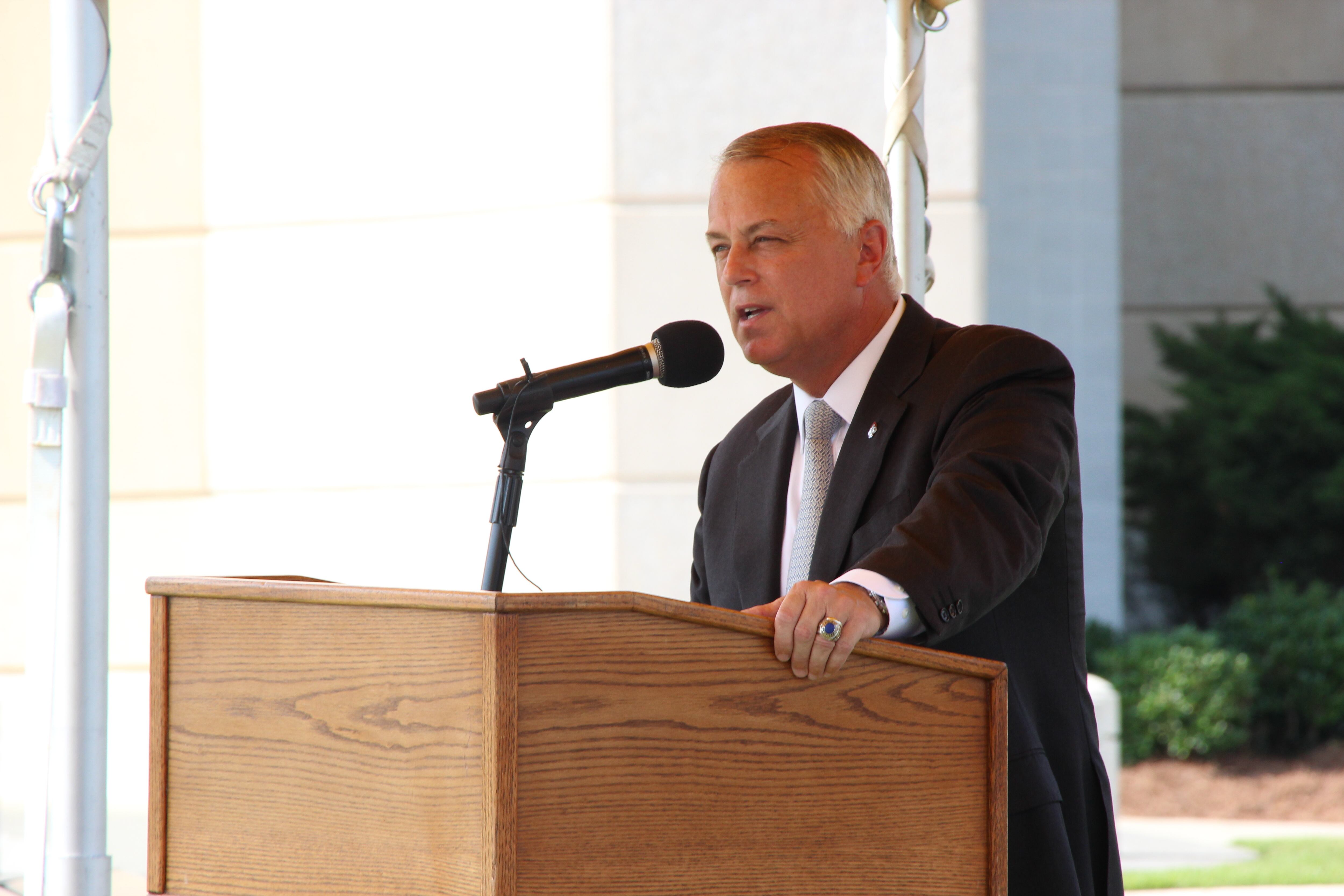ALBUQUERQUE, N.M.— The first of several wells that will make up a pump-and-treat system designed to clean up a massive plume of jet fuel at the edge of Albuquerque has been drilled, officials said Wednesday.
The temporary treatment system at Kirtland Air Force Base is on track to begin operating around the end of the month, but fines imposed by the state for not having the system in place sooner continue to mount.
The state Environment Department in January began imposing a $5,000-a-day penalty because the Air Forcemissed a deadline to have the treatment system up and running in December.
The tab now exceeds a half-million dollars, and Environment Secretary Ryan Flynn told lawmakers during a meeting this week in Santa Fe that the fine will grow until treatment of the contaminated water begins.
"My No. 1 goal is just to get them to move and to get them to clean up the groundwater," Flynn said.
Officials say as long as the Air Force continues to work with the state to get the system in place, it's possible the penalty can be negotiated. The Air Force has set a deadline for itself to have the system operational by June 30.
The fuel leak, which is believed to have been seeping into the ground for decades, was first detected in 1999. Estimates of the amount of fuel spilled range from 6 million to 24 million gallons. The greatest concern has been that the spill would contaminate drinking water wells in the Southeast Heights.
The pump-and-treat system is part of the long-term effort to keep the contamination from reaching the drinking water wells.
Tons of soil that had surrounded the old pipeline at the fueling station were removed by tractors and semi-trucks last summer as part of the cleanup plan. The Air Force also used a vacuum system to suck vapors from the soil at deeper levels. That technology has recovered more than 600,000 gallons of fuel.
Cleaning up the contaminated water hundreds of feet below the surface has been one of the more complicated pieces of the plan, officials have said.
With the pump-and-treat system, contaminated water will be fed through a filtration system being built on base property. The system will be capable of treating about 100 gallons per minute, and that will increase as more extraction wells are drilled over the next year.
"This whole thing is about reducing that plume and pulling it back to Kirtland where we can effectively treat it and getting it away from drinking water and making sure it's not a threat to the Albuquerque community," said Mark Kinkade, a spokesman with the Air Force Civil Engineer Center.
The cleanup is expected to take about 10 years, officials said.
Flynn said he's encouraged with the progress but he won't be happy until treatment of the groundwater begins. He told lawmakers that officials lost the public's trust by not acting sooner.
"We could have done more and we could have done much more sooner," said Flynn, who inherited the problem when he was appointed in 2013. "It wouldn't have prevented the problem but it would have certainly prevented the problem from growing and it would have ultimately made the remedy cheaper."





